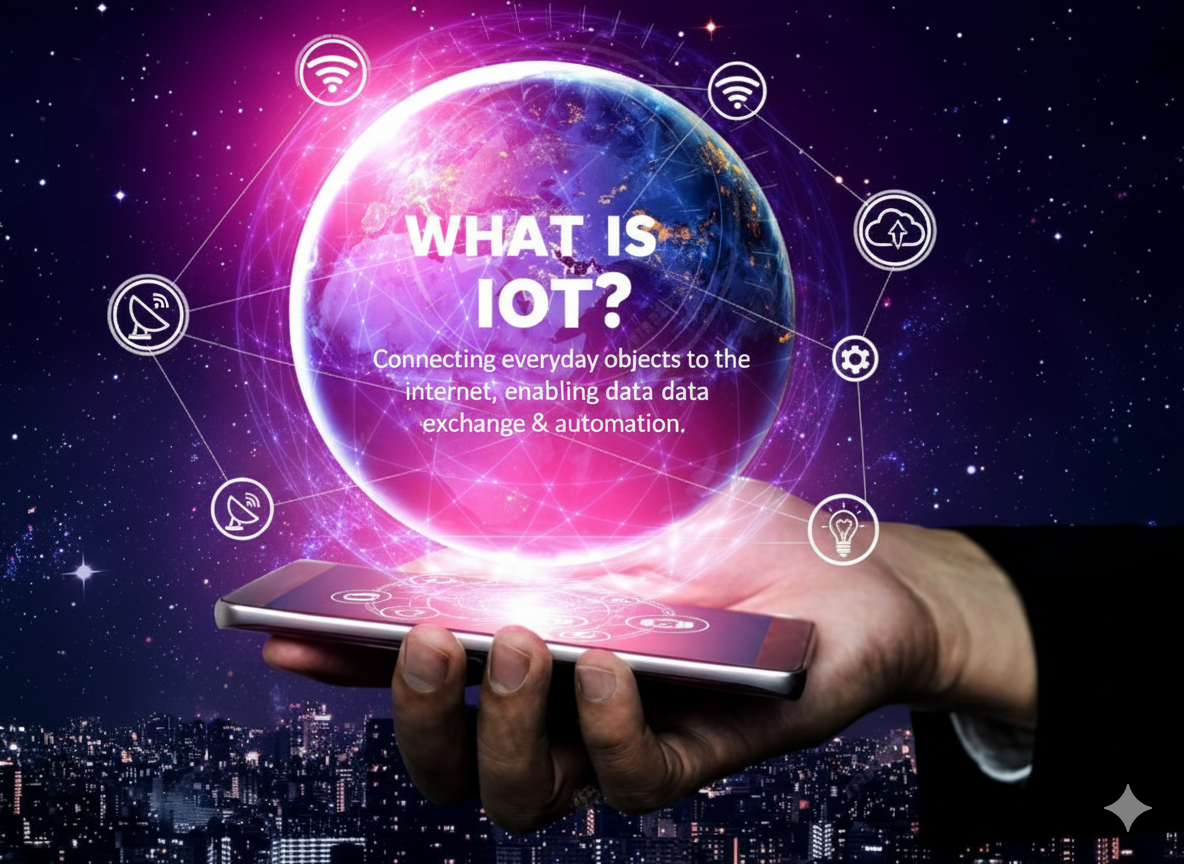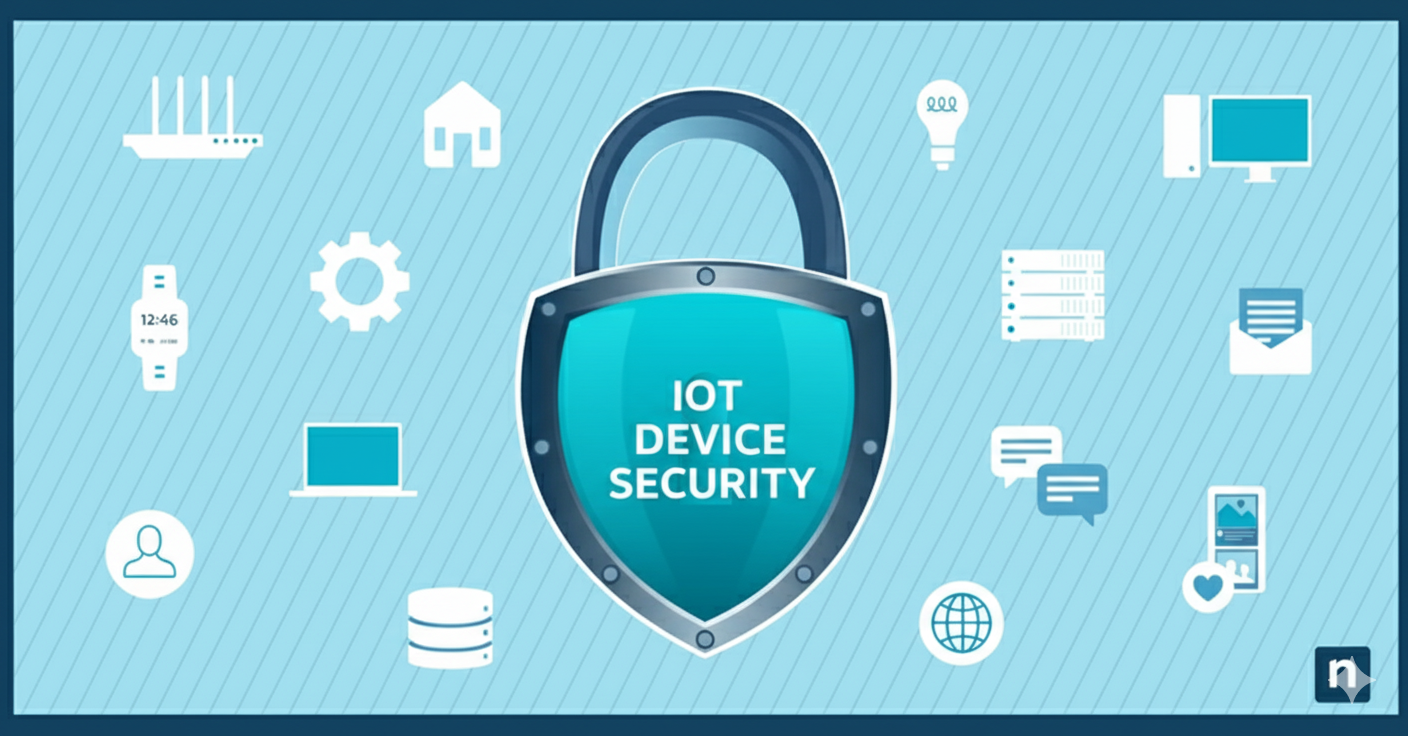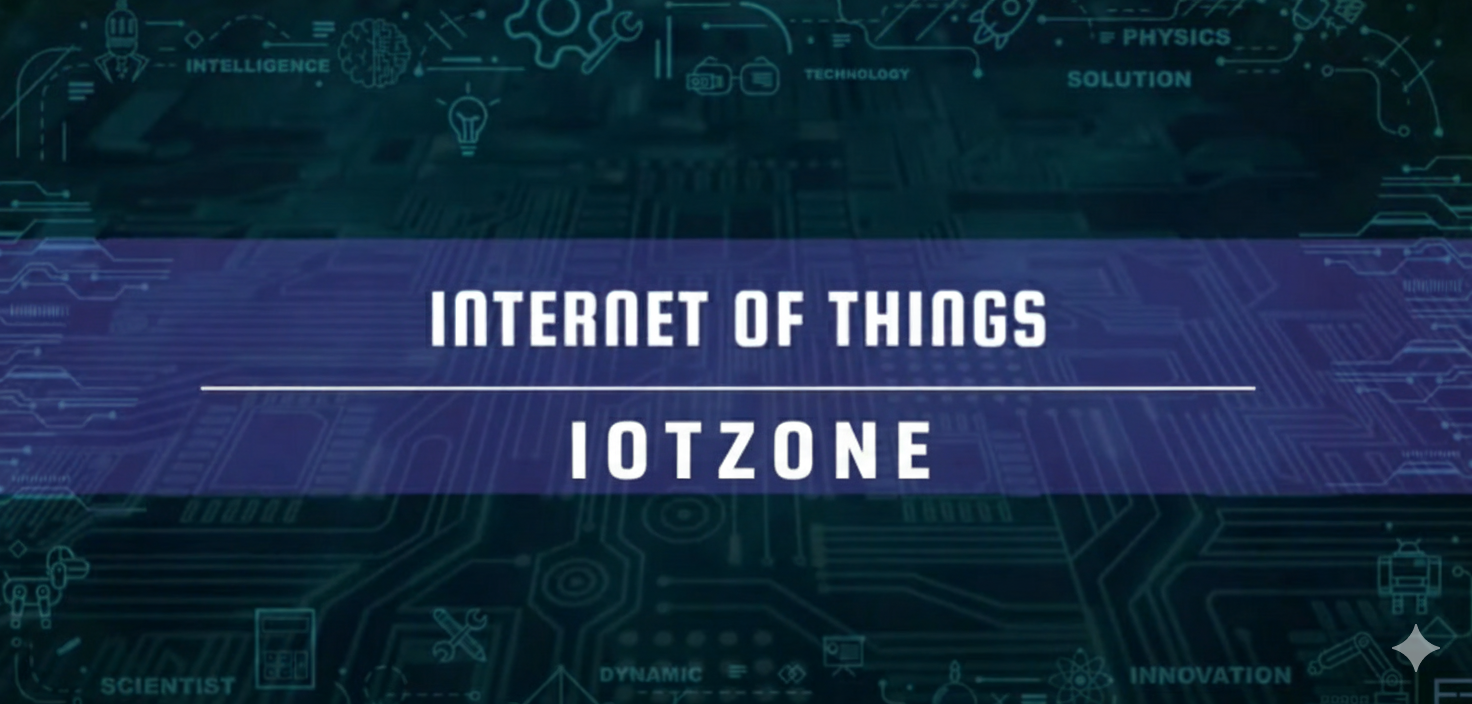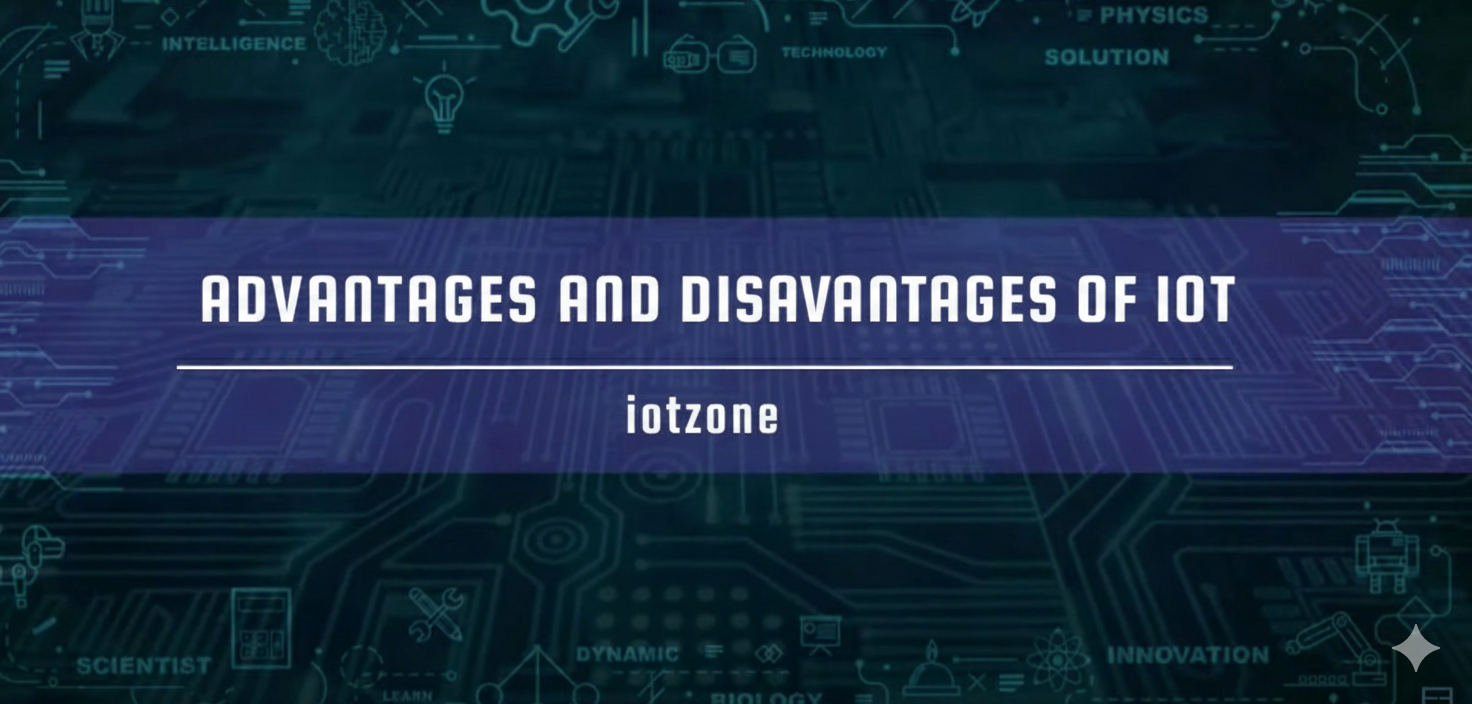What is the Internet of Things (IoT)?

Overview
The Internet of Things (IoT) is a system of interconnected devices that can transfer and receive data over the internet without requiring direct human involvement. Unlike the traditional use of the internet where only desktops, laptops, or smartphones were connected, today almost every appliance—from home air conditioners to smart cars—can be connected to the cloud.
IoT allows devices to sense their surroundings, interact, and collaborate with one another. For example, when your alarm clock rings in the morning, IoT can automatically open your window blinds, switch on the coffee machine, and heat water in your geyser. This seamless connectivity is transforming daily life, making tasks more convenient, efficient, and automated.
How Does IoT Work?
The working of IoT involves multiple components that ensure smooth data collection, transmission, and analysis:-
General Devices – Appliances like air conditioners, heaters, refrigerators, and security cameras act as the main data hubs for information exchange.
-
Sensing Devices – These include sensors and actuators that measure parameters such as temperature, humidity, light, or soil moisture.
-
IoT Gateways – These act as processing nodes, collecting data from sensors and forwarding it to the cloud.
-
Cloud Computing – Provides both storage and processing, enabling advanced analysis, machine learning, and decision-making.
-
Communication Protocols – Technologies like Wi-Fi, Ethernet, Zigbee, Bluetooth, GSM, and MQTT/HTTP are used for device connectivity.
Practical Example of IoT in Action
Consider a smart irrigation system for gardening. Sensors installed in the soil constantly measure moisture levels. If the soil dries below a set threshold, the IoT gateway collects the data and sends it to the cloud through protocols like MQTT or HTTP.
The system then automatically triggers sprinklers to water the garden. Additionally, the cloud stores detailed insights such as:- The exact time sprinklers were turned on.
- The rate at which soil moisture decreases.
- Seasonal patterns of water consumption.
These insights are then sent to your smartphone via a mobile app, allowing you to monitor and control your garden remotely. This is just one example—similar systems are applied in smart homes, smart cities, healthcare, and industry.
Applications of IoT
IoT has a vast range of real-world applications:-
Smart Homes – Automating appliances, lighting, air conditioners, and security systems.
-
Wearables – Smartwatches and fitness trackers that monitor health parameters.
-
Smart Cars – Vehicles equipped with IoT for navigation, safety, and predictive maintenance.
-
Smart Farming – Precision agriculture with irrigation, soil monitoring, and crop tracking.
-
Smart Retail – Automated checkout systems, inventory tracking, and personalized shopping.
-
Smart Grids – Energy-efficient power distribution and monitoring.
-
Smart Healthcare – Remote patient monitoring, medical devices, and AI-based diagnostics.
Future of IoT
In 2018, there were about 23 billion connected devices, more than double the world population at that time. Experts predict that by 2025 there will be over 80 billion devices connected via IoT.
The future of IoT lies in its integration with Artificial Intelligence (AI), Machine Learning (ML), and Cloud Computing. With AI-powered analytics, IoT devices will not only collect data but also learn from it, enabling predictive automation, improved efficiency, and smarter decision-making.
This promises a future where homes, cities, industries, and healthcare systems are highly interconnected and adaptive to human needs.Common IoT Communication Interfaces
IoT devices use different connectivity options for communication. Some of the widely used technologies include:-
Wi-Fi – Best for short-range high-speed connectivity.
-
Ethernet – Wired and highly reliable for industrial IoT systems.
-
Zigbee – Low-power, low-data-rate communication ideal for sensors.
-
Bluetooth – Short-range device-to-device communication.
-
GSM/4G/5G – Long-range cellular-based IoT applications.
-
MQTT/HTTP – Lightweight protocols for real-time data transfer.
Important Question: Which of the following is not a direct IoT interface?
- Wi-Fi
- Ethernet
- Zigbee
- VPN
The correct answer is VPN, as it is primarily a secure tunneling method rather than a connectivity protocol for IoT devices.
Conclusion
The Internet of Things is no longer a futuristic concept—it is already transforming our homes, cities, industries, and healthcare systems. With billions of devices connected, IoT is bridging the gap between the physical and digital world, creating opportunities for automation, efficiency, and innovation.
As IoT continues to grow alongside AI, ML, and cloud technologies, its applications will only become more diverse and powerful. From smart homes to entire smart cities, IoT is paving the way for a highly connected future.Administrator
Frequently Asked Questions
Common questions about What is the Internet of Things (IoT)?. Find answers to the most frequently asked questions.
User Reviews & Comments
Share your experience with this IoT Blog. Your feedback helps our community make informed decisions!
Share Your Experience
Help others by sharing your thoughts about this IoT Blog.
Related Blogs
Explore more IoT Blogs in the same category

IoT Security Risks and How to Protect Your Devices
Tutorials
Learn how to secure your IoT devices at home and office, reduce cyber risks, and protect privacy with best practices for a safer connected world.

IoT Components: Working of IoT, Sensors & Actuators, Role of IoT, IoT Cloud, IoT Analytics
Tutorials
Explore IoT components, working, sensors, actuators, IoT cloud, and analytics. Learn how IoT transforms data into insights, connecting devices for smarter and efficient solutions.

Is IoT a Blessing or a Curse? A Deep Dive into its Advantages and Disadvantages
Tutorials
Discover the benefits and challenges of the Internet of Things (IoT). Learn how IoT enhances automation, resource management, and safety, while addressing issues like security, privacy, and job displacement.
No Reviews Yet
Be the first to share your experience with this IoT Blog!